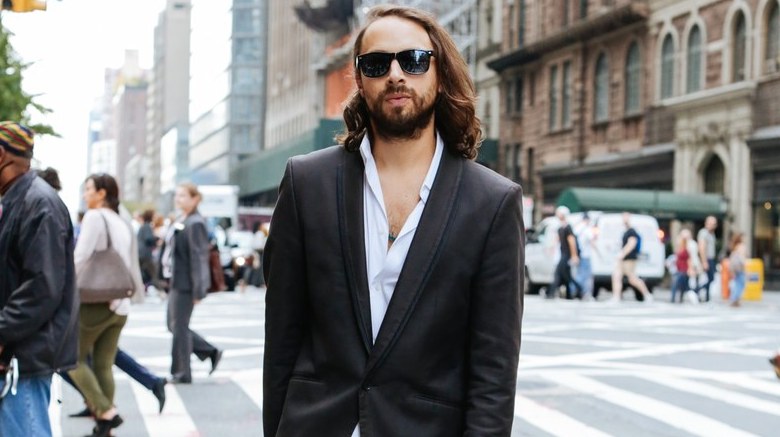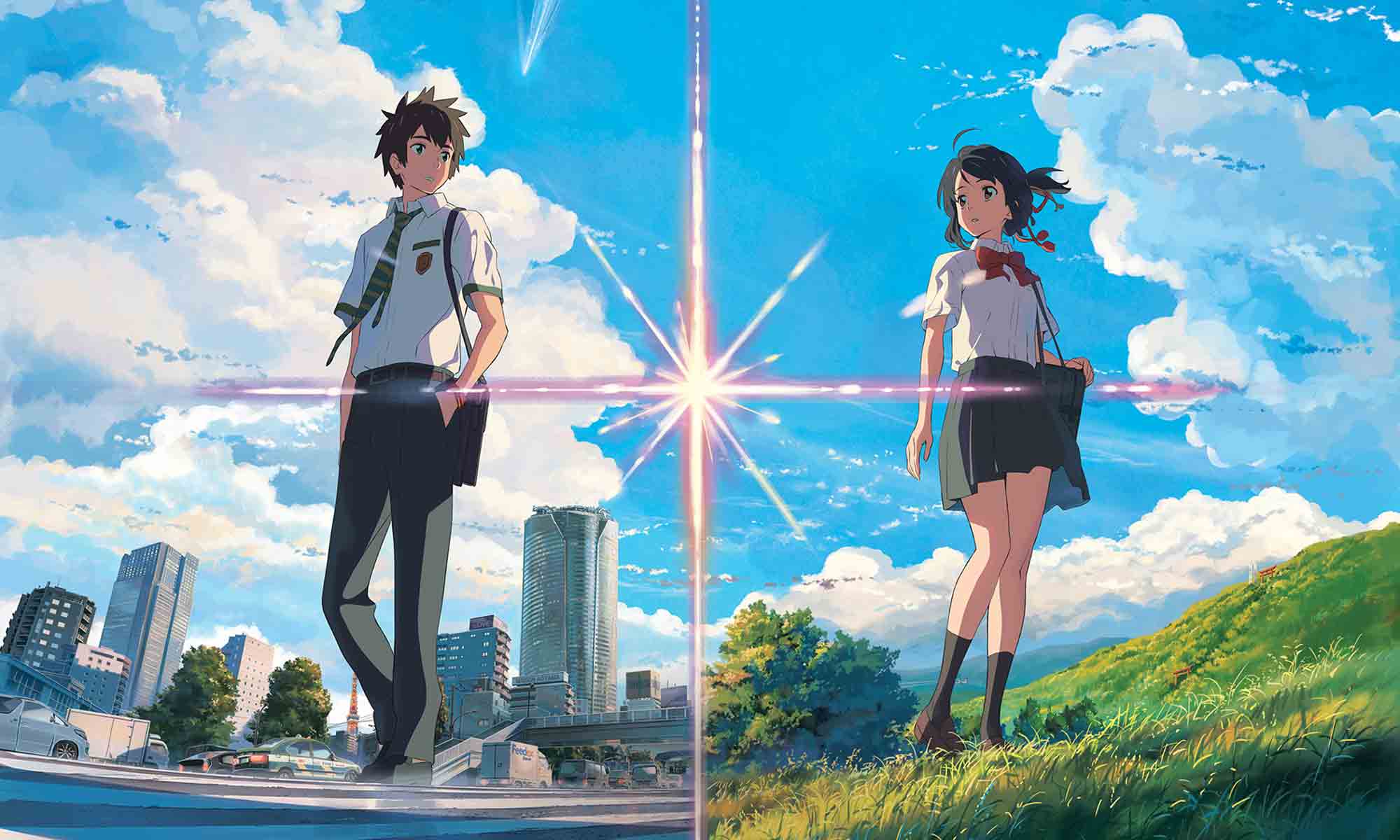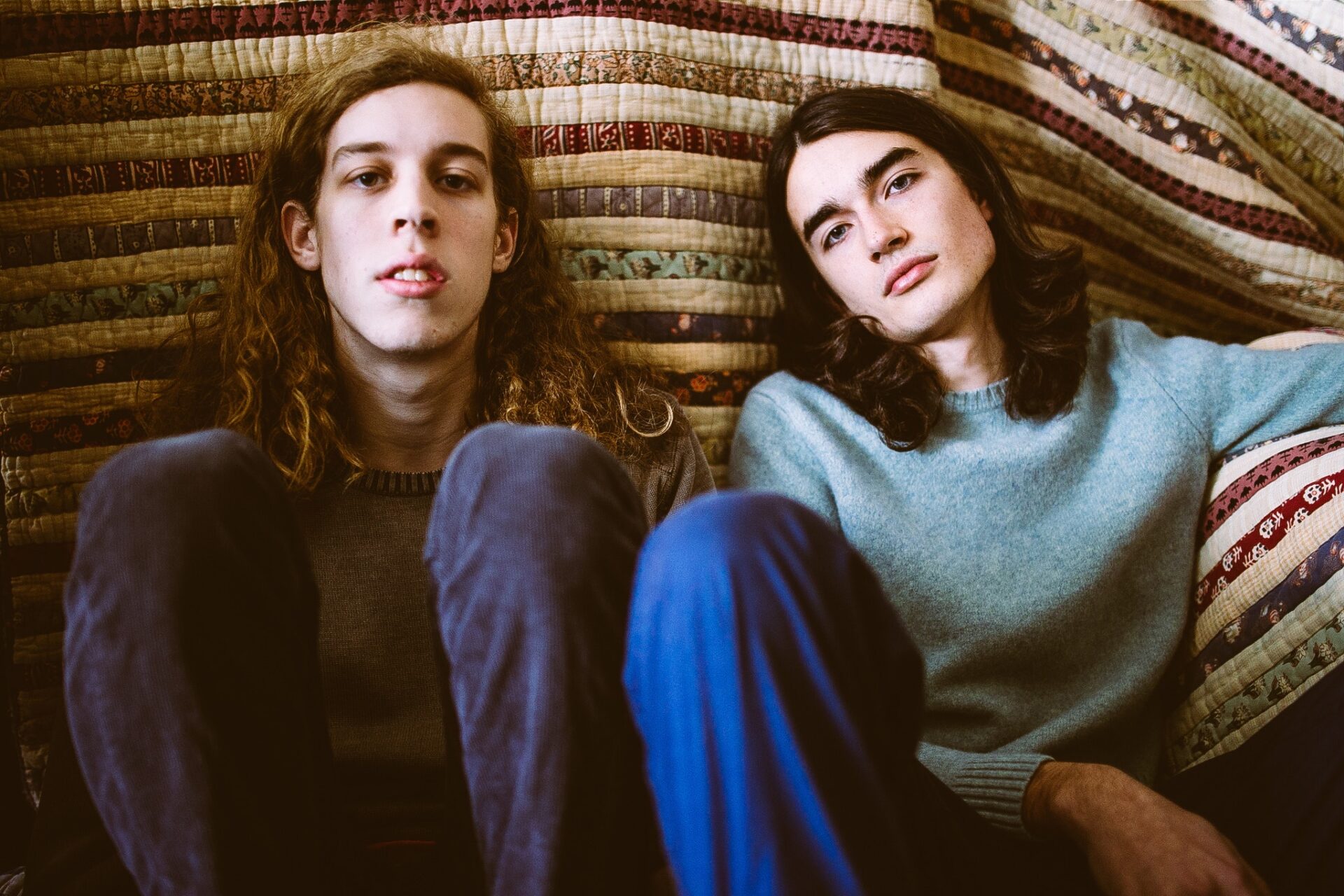In the aftermath of the killing of Michael Brown at the hands of a Ferguson police officer, people of color took to the streets, demanding answers for why an unarmed teenager was violently murdered without answer or justification as to why and without repercussions for the officer responsible. The crowd took to chanting “Whose streets?” with the response “Our streets!” as a rallying cry, denouncing the police as a violent and exploitative force in their community that acts with impunity. Whose Streets? highlights the motivations and actions of the Ferguson protestors while demonstrating a disparity between the way the community of Ferguson perceives the now-infamous riots and the ways in which those riots were portrayed in the news media.
Comprised primarily of footage taken by protestors and community members at Ferguson protests in August and October of 2014, freshman documentary director Sabaah Folayan and freshman co-director Damon Davis have compiled a fairly comprehensive and detailed account of Michael Brown’s ascension as a martyr for Ferguson’s black community, how the police escalated peaceful protests to violence through the introduction of militarized weaponry and a calling of the National Guard, and how police treated even non-protesting citizens with contempt and dismissal, assuming a criminality in black citizens who had done nothing more than exist in public spaces within their community.
What’s perhaps most striking about Folayan’s and Davis’s construction is that they wisely juxtapose news reports of looting and violence as perpetrated by the citizens of Ferguson with the escalation of violence by police officers against crowds of people holding their hands up, screaming “Don’t shoot!” It’s a powerful image that puts into perspective how property destroyed out of protest from people with nothing left to lose was deemed more newsworthy than the jeopardized lives of those same people. Whose Streets? succeeds as a compilation and amalgamation of the experiences of those who lived it, enhanced by the presence of a smartphone camera in almost every one of their hands.
These images are contextualized by in-home interviews with noted activists of the movement, including cofounder of Hands Up United, Tory Russell; David Whitt, of Cop Watch; and Brittany Farrell, an activist who struggles to balance her responsibility to her community with raising her daughter right. If the inhumanity of the police brutality didn’t make the peaceful humanity of the protesters self-evident, the look into the lives and hardships of the people most affected by the institutionalized violence in their community certainly drives the point home. These are people who just want to live peacefully and equally, but circumstance has forced their hands to fight back against a reality that is simply taken for granted in America.
Whose Streets? is admirable in its rejection of both-sides storytelling. The news coverage of the events in Ferguson already gave the police all the benefit of the doubt, and this documentary is a clear attempt to tip the scales back to a reality that is, not a surreality that the white American public wishes to embrace in ignorance. If you’ve already decided that the Ferguson riots are condemnable, this isn’t a film likely to change your mind; this is about giving voice to a community that has thus far been denied a national platform, and the ones most likely to listen to those experiences are those who haven’t already been shutting them out over the past three years. But just because one already agrees with the message being conveyed does not mean that that those experiences aren’t worth hearing for the telling. It’s in those stories that hope is found, and for as bleak as Whose Streets? can be in what it portrays, hope is the prevailing message in the end.













